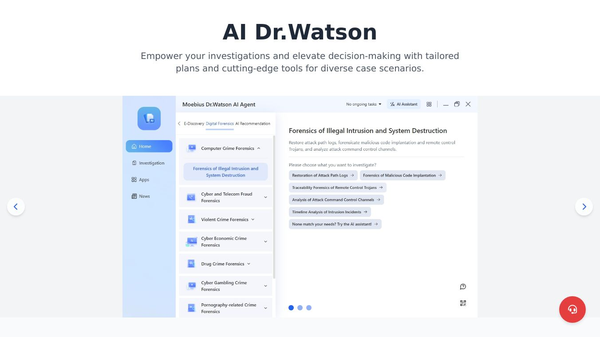ML/DL Study

MLDL.study ML/DL Study
Machine Learning (ML) and Deep Learning (DL) are powerful tools that help machines learn from data. Machine Learning focuses on teaching machines to make predictions or decisions based on patterns in historical data. Deep Learning uses deep neural networks to handle more complex tasks and larger datasets. Both are parts of Artificial Intelligence (AI).
Key Features
Pattern Recognition: ML algorithms automatically detect patterns in data to make predictions or decisions.
Learning from Data: ML models learn from historical data without needing explicit programming.
Deep Neural Networks: DL uses deep neural networks to learn hierarchical representations of data, making it suitable for complex tasks.
Benefits
Improved Accuracy: Both ML and DL improve their performance as they are exposed to more relevant data.
Efficiency: DL can handle large scale datasets more effectively, making it ideal for tasks like image recognition and natural language processing.
Versatility: ML and DL can be applied to various domains, from healthcare to entertainment.
Use Cases
Healthcare: ML and DL can assist in diagnosing diseases, analyzing medical images, and predicting patient outcomes.
Finance: ML models can be used for credit scoring, helping lenders assess credit risk and make informed decisions.
Automotive: DL is crucial for autonomous vehicles, enabling object detection and recognition, lane detection, and pedestrian tracking.
Cost/Price
The cost of implementing ML and DL solutions can vary widely depending on the complexity of the project and the resources required. Generally, these technologies require significant computational power and data storage, which can be expensive. However, the potential benefits often outweigh the costs, especially in industries where accuracy and efficiency are critical.





Comments
Please log in to post a comment.